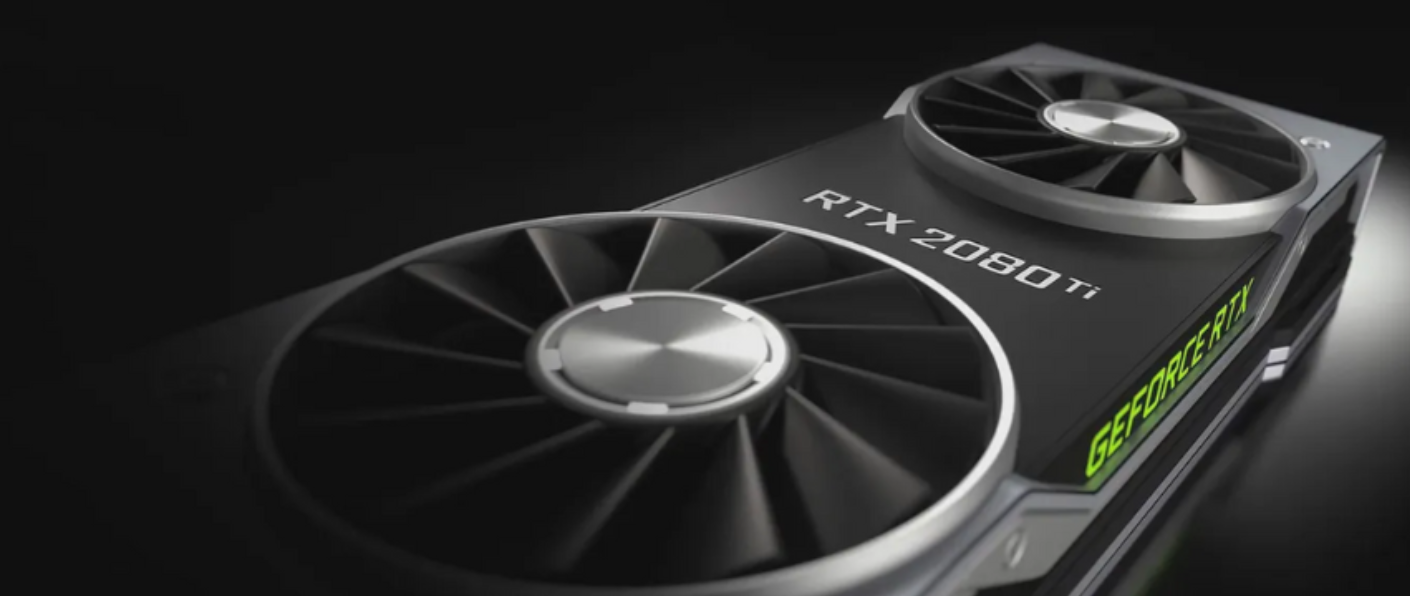- Innovation
- March 23, 2025
NVIDIA’S GEFORCE RTX 5090: A PARADIGM SHIFT IN GPU TECHNOLOGY
-Mehul Batham
The GPU industry is undergoing a radical transformation, and NVIDIA is once again leading the charge. The GeForce RTX 5090 isn’t just another graphics card — it represents a new benchmark in computational power, efficiency, and the future of AI-integrated gaming and creative workloads.
Unveiling the Beast: More Than Just Speed
The RTX 5090 is built on NVIDIA’s next-generation Blackwell architecture, offering unprecedented improvements over its predecessor, the RTX 4090. It boasts a significantly higher transistor count, enhanced ray tracing capabilities, and dramatically improved DLSS (Deep Learning Super Sampling) performance. But this isn’t just about raw specs — it’s about reshaping how GPUs handle real-time rendering, deep learning tasks, and AI-enhanced computing.
Why It’s Not Just an Upgrade — It’s a Leap
The RTX 5090 isn’t merely a generational refresh; it’s a foundational leap in GPU evolution. With a massive boost in CUDA cores and memory bandwidth, it redefines real-time ray tracing and AI-driven graphics rendering. What once required specialized hardware or cloud-based computation can now run locally — faster, better, and with jaw-dropping fidelity. The power efficiency is also vastly improved, thanks to architectural optimizations, making high-end performance more accessible and sustainable for gamers, researchers, and content creators alike.
It’s not just about frames per second anymore,
it’s about redefining
what’s visually possible.
The card’s neural rendering capabilities, powered by the latest Tensor Cores, allow for real-time, AI-assisted frame generation and upscaling, delivering ultra-smooth experiences even at 4K and 8K resolutions. DLSS 4.0 takes this further by intelligently reconstructing images with extreme precision, reducing the burden on hardware without compromising quality. The RTX 5090 isn’t just built for games — it’s engineered for the future of creative industries, 3D simulation, AI modeling, and beyond. This is hardware that learns, adapts, and evolves with the needs of its user.



02 Comments
Ananya Iyer
April 20, 2025 at 7:11 pmThis makes me rethink everything I knew about real-time rendering.
ReplyRohit Meena
April 28, 2025 at 4:27 pmInsane leap in GPU tech — NVIDIA just raised the bar again!
Reply